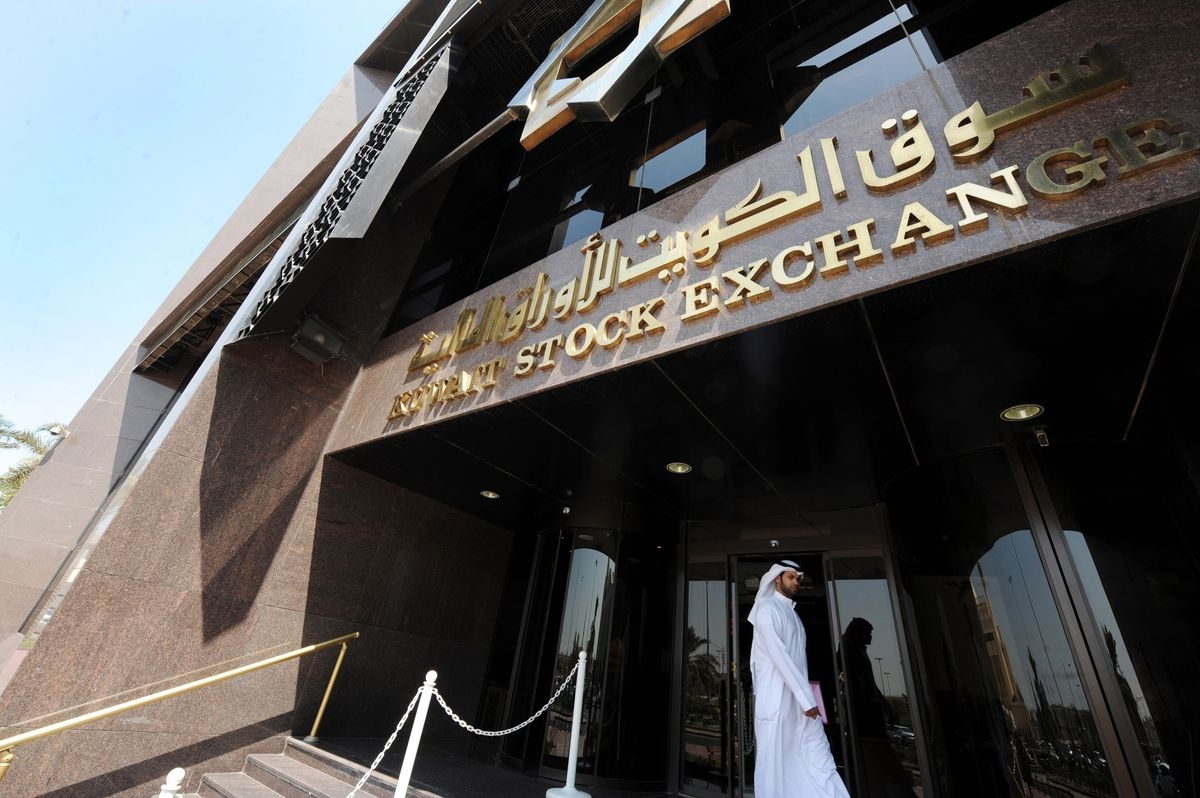As the Indian stocks markets reels under the coronavirus crisis, a report by Motilal Oswald says that India’s share in the global market capitalization is below the historic average.

Currently, it is at 2.2 per cent below its historic average of 2.5 per cent.
The ‘Bull & Bears’ report also noted that India’s market cap has declined more, compared to the fall in the world market cap in the past 12 months.
“Over the last 12 months, the world’s market cap has decreased 12.3 per cent ($9.6 trillion), while India’s market cap is down 31 per cent,” it said.
The report also noted that the market cap-to-GDP ratio of India has declined swiftly from 79 per cent as on FY19 to 54 per cent (FY20EGDP), much below its long-term average of 75 per cent and closer to the levels last seen during FY05 and FY09.
On the market performance in the FY 2019-20, it said: “The Nifty could not have had a worse finish to FY20. As the coronavirus (COVID-19) pandemic spread across the world, the Nifty nosedived 23 per cent in Mar 20 to close at 8,598 (-26 per cent YoY), the worst since Oct’08.”
While funds from domestic institutional investors (DII) at $17.9 billion, against $10.3 billion in FY19 were robust in FY20, inflows from foreign institutional investors (FII) were weak at $1 billion.
It noted that the Nifty is trading at a 12-month forward return on equity (RoE) of 15 per cent, above its long-term average of 14.5 per cent.
It also said that 80 per cent of the Nifty companies are trading at discount to their historical averages
On the private banking sector, the report said that business environment remains under challenging due to the coronavirus pandemic.
“Over the past few years, corporate lending was muted resulting in systemic loan growth being largely driven by the retail segment. However, the outbreak of COVID-19 has led to weakening of credit demand in consumer retail, MFI and SME/business banking segments,” it said.
Loan growth of private banks is likely to moderate to 14 per cent, in FY21 against the previous projection of 18 per cent. Moderation in business growth and the recent reduction of 75 basis points in the repo rate will have a bearing on margins as floating retail and SME loans linked to the external benchmark get re-pricedimmediately while deposits re-price with a lag effect.
Among the private banks, the Motilal Oswal report said that IndusInd Bank and RBL Bank will be the most vulnerable to asset quality challenges, and thus, credit cost should rise significantly.
On the public sector banks (PSB), it said that the consolidation of PSBs is a positive move from a long-term perspective, whichwill improve their competitiveness.
“However, this will come with its own set of challenges in the near term related to credit growth, higher credit cost, integration issues, etc. The outbreak of COVID-19 has further weakened credit growth of PSBs.”
State Bank of India’s (SBI) loan growth is likely to moderate to 8 per cent while for Bank of Baroda, it is likely to moderate to 7 per cent over FY21.
PSBs have relatively higher share of exposure in the SME segment, and thus, asset quality should remain under pressure in the near term.
READ MORE:









